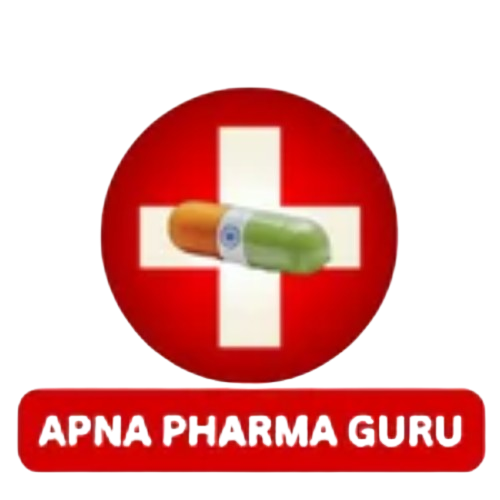Sanitation is an integral part of cGMP for maintaining the working premises in order.
Sanitation as per Guideline-
- USFDA guidelines for cGMP (21CFR) talks about sanitation practices at point § 211.56 Sanitation.
- All the buildings and premises used in the manufacturing, processing or holding of a drug product should be maintained in clean and sanitary condition.
- All the buildings and premises used in the manufacturing, processing or holding of a drug product should be free from birds, rodents, insects and other vermin.(Other than laboratory animal.)
- Trash and organic waste matter generated in the plant shall be held and disposed of in a timely and sanitary manner.
- Sanitation procedure should be describe cleaning schedules, in detail the methods, equipment, and materials to be used in cleaning the buildings and facilities.
- These written sanitation procedures shall be followed in totality.
- There shall be written procedures for sanitation of sterile processing facilities..
Drains and Sanitation-
Drains should be of adequate size and designed and equipped to prevent back-flow. Open channels should be avoided where possible, but if they are necessary they should be shallow to facilitate cleaning and disinfections.
Production Environment control-
Production areas should be effectively ventilated, with air control facilities (including filtration of air to a sufficient level to prevent contamination and cross-contamination, as well as control of temperature and, where necessary, humidity) appropriate to the products handled, to the operations undertaken and to the external environment. These areas should be regularly monitored during both production and non-production periods to ensure compliance with their design specifications.
Sanitation of plants-
Pipe work systems, valves and vent filters are designed to facilitate cleaning and sterilization.
Where possible CIP and SIP systems are used. Valves on fermentation vessels are of sanitary design and steam sterilizable.
Labeling of pipes for effective Sanitation
All service piping and devices should be adequately marked and special attention paid to the provision of non-interchangeable.
Sanitation of Biological waste-
- The disposition of unsatisfactory biological products or infectious materials not used in fabrication follow approved procedures, designed to eliminate risks to products and personnel.
- Effluent which may contain pathogenic microorganisms is effectively decontaminated. Appropriate decontamination procedures must also be used when handling animal tissue or cultures of microorganisms, particularly when these pose a potential risk for cross contamination.
Design of equipments for effective Sanitation
Equipment cleaning processes are designed to remove endotoxins, bacteria, toxic elements and residual contaminating proteins and/or other identified contaminants.
Cleaning Validation of equipments
Cleaning validation of equipment is critical for a multi-product facility involved in campaign or concurrent production of biological drugs. Validated product-specific cleaning procedures are available for non-dedicated equipment.
Segregation of AHU from Animal House
Animal houses should be well isolated from other areas, with separate entrance (animal access) and air-handling facilities.
Documentation for Sanitation
There shall be written procedures assigning responsibility for sanitation and describing in sufficient detail the cleaning schedules, methods, equipment, and materials to be used in cleaning the buildings and facilities; such written procedures shall be followed.
Procedures for Sanitation
There shall be written procedures for use of suitable rodenticides, insecticides, fungicides, fumigating agents, and cleaning and sanitizing agents. Such written procedures shall be designed to prevent the contamination of equipment, components, drug product containers, closures, packaging, labeling materials, or drug products and shall be followed. Rodenticides, insecticides, and fungicides.
Disinfectants in Sanitation
Diluted disinfectants shall bare ‘Use before’ date based on microbiological establishment of their germicidal properties. These solutions shall be adequately labeled and documents for the same should be maintained.
Sanitation
Sanitation procedures shall apply to work performed by contractors or temporary employees as well as work performed by full-time employees during the ordinary course of operations.
Production Operations and Sanitation
- The work-flow has to be designed in such a way as to avoid any potential contamination. Access to production areas should be restricted to authorized personnel only. These will include direct operators, QC staff, warehouse staff, maintenance personnel and cleaners. The more critical the area, the fewer the people that should be in there during processing operations.
- Different processes of different products should not be manufactured under common ventilation system.
Cleaning Procedures
- Cleaning should be a procedure for removing soil and dirt. It should not add or leave behind anything, including cleaning, chemical or disinfectant residues.
- It must remove or reduce micro-organisms.
- Cross reference to the module on validation can be mentioned if questions arise on how and what is cleaning validation.
